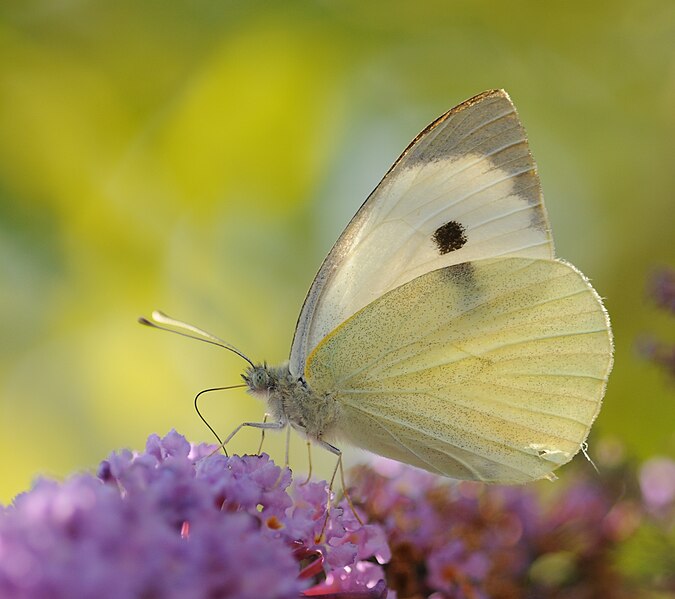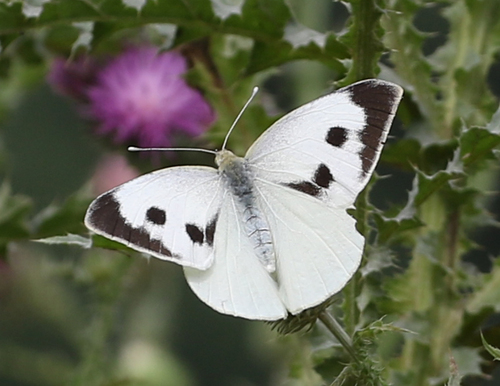Medvedka (Gryllotalpa gryllotalpa), or ground crayfish, cricket mole, bear – one of the most dangerous pests of garden crops. This insect has strong, elongated body, powerful digging forelegs and perfectly adapted to the underground lifestyle.
The bear not only feeds on the roots of plants, but also destroys the soil structureby creating passages underground. It is active mainly at night, which makes it difficult to control it. In this article, we will take a closer look at biology, behavior, food habits, life cycle, the harm that it causes, and effective methods of control.

Scientific classification
🔬 Classification of the bear:
✔ The Kingdom: Animals (Animalia)
✔ Type: Arthropods (Arthropoda)
✔ Class: Insects (Insecta)
✔ Row: Erect wings (Orthoptera)
✔ Family: Cabbage leaves (Gryllotalpidae)
✔ Gender: Gryllotalpa
✔ View: Common bear (Gryllotalpa gryllotalpa)
📌 Interesting!
Title Gryllotalpa it comes from the Latin gryllus (Cricket) and talpa (mole) highlighting her resemblance to these two animals.
Appearance and features of the structure
Medvedka has a unique anatomythis allows her to efficiently dig holes in the ground and hunt underground insects.
, Main Features
✔ Body length: 4-8 cm
✔ Color scheme: brown, reddish or dark brown
✔ Front paws: powerful, shovel-shaped, suitable for digging
✔ Oko: small, well adapted to the dark
✔ Tentacle: short, sensitive hair
✔ Wings: well developed, medvedka can fly
✔ Hind legs: long, adapted for jumping
📌 Interesting!
Medvedka can make loud sounds (trills) , similar to the singing of a cricketwhich can be heard even underground.
Habitat and distribution

🌍 Where does the bear live?
Medvedka is common in Europe, Asia, Africa and North America.
✅ Countries of residence:
• Ukraine
• Poland
• Russia
• Kazakhstan
• China
* USA
🔹 What places does it choose?
Ог Vegetable gardens, greenhouses, fields
Влаж Moist soils, coastal rivers
✅ Compost heaps and humus areas
📌 Interesting!
Autumn bears burrow to a depth of 1.5 m into the ground to spend the winter.
Life cycle and reproduction
Medvedka has full development cycle, lasting 1-2 years old.
Стадії стадии развития:
✅ Egg - 10-20 days
✅ Larva - 1-2 years (4-6 molts are completed)
✅ Imago (adult insect) - lives 1-1. 5 years
🔹 How does the bear breed?
✔ Females lay eggs up to 300-600 eggs in special chambers underground
✔ After 2-3 weeks they hatch larvaewhich resemble small cabbage plants
✔ After a year, the larvae become full-fledged adult insects
📌 Interesting!
Female actively guards the nest with eggs and larvae, providing them with favorable conditions for development.

Eating habits and harms
What does the bear eat?
✔ Plant roots - cabbage, potatoes, carrots, onions
✔ Seed - especially sunflower and corn
✔ Up to 40% of the diet consists of insects and larvae
What harm does it do?
💥 Damages the roots of young plants, which leads to their deaths
💥 Eats away potatoes, carrots, beetsby destroying the crop
Разруш Destroys the soil structure, creating passages and tunnels
📌 Interesting!
Medvedka can destroy up to 50% of the crop on infected areas.
Methods of dealing with cabbage
🔥 Traditional methods
✅ Disembarkation acute plants (garlic, marigolds)
✅ Watering with a solution soapy water
✅ Use traps with beer or honey
Хімічні химические средства
✅ Granular insecticides (Metarizine, Basudine)
✅ Tillage with ammonia or kerosene
Біологічні биологические методы
✅ Use of natural predators – hedgehogs, frogs, lizards
✅ Introduction to the soil nematodes, which infect cabbage plants with parasites
📌 Interesting!
One of the most effective methods of fighting is deep autumn plowing - it destroys wintering insects.
Interesting facts about cabbage
✔ It can fly up to 8 km away in search of food
✔ Emits trills, which can be heard at a distance of 10-15 m
✔ Able to swimusing your hind legs
✔ Lives up to 3 years in favorable conditions
Conclusion
Medvedka (Gryllotalpa gryllotalpa) – one of the most dangerous pests of garden cropswhich causes significant crop damage.
💡 Basic facts:
✔ Live underground, use strong digging feet
✔ Eats plant roots, seeds, and insects
✔ Very much hardy - can survive in difficult conditions
✔ Deals damage significant damage to agriculture
📢 Fighting cabbage is a complex but necessary process that requires a comprehensive approach!